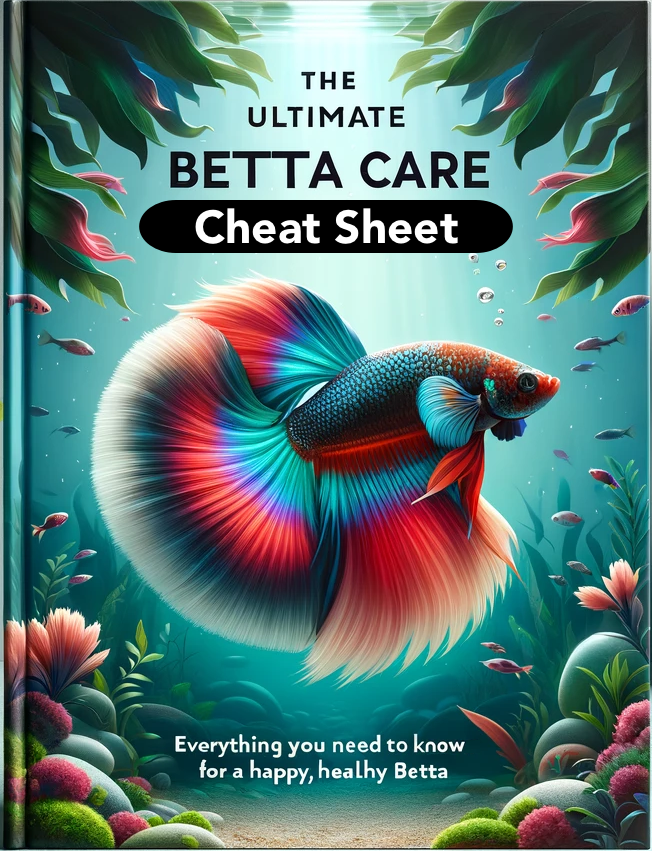Betta Hendra Care, Tank Setup, and More!

Discover the allure of Betta hendra, a lesser-known gem in the world of wild betta fish. Native to slow-moving streams in Indonesia, these vibrantly colored fish offer a fascinating glimpse into the diverse world of bettas beyond the familiar Betta splendens. Let’s explore what makes Betta hendra unique and how to provide them with the best possible care.
Understanding Betta Hendra
- Appearance: Betta hendra are smaller than typical Betta splendens. Males boast bold red, blue, and iridescent green coloration, particularly when flaring. Females are less vibrant but still beautifully patterned.
- Bubble Nesters: Like many bettas, male Betta hendra create intricate bubble nests for breeding purposes.
- Peaceful Nature: Compared to Betta splendens, Betta hendra is less aggressive, making it potentially suitable for certain community setups.
Elements of Optimal Betta Hendra Care
Betta Fish Have Very Specific Needs… Click Here For My Favorite Betta Care Guide Book…
- Tank Size and Layout: While Betta Hendra are a smaller species of Betta, they are active and appreciate spaceto swim. 5 gallons is recommended, with larger tanks providing an even more enriching environment. Replicate their natural environment with dense plant growth (live or high-quality silk plants), driftwood, and Indian almond leaves.
- Water Conditions: Betta hendra prefer a slightly acidic and soft water environment:
- pH: 6.0 – 7.0
- Hardness: Soft to moderate (GH 5-12, KH 0-8)
- Temperature: 76-82°F (24-28°C)
- Filtration: Opt for a gentle filter or air-powered sponge filter that won’t create strong currents.
- Feeding: In the wild, these fish are carnivores. Offer a varied diet including live foods like brine shrimp, daphnia, and bloodworms, with frozen alternatives when necessary. Supplement their diet with a high-quality betta pellet occasionally.
Tank Mates for Betta Hendra
Betta hendra males are best kept singly, though females can sometimes cohabitate in a spacious, heavily-planted tank. If considering a community tank for Betta hendra, choose potential tankmates very carefully:
- Peaceful Species: Opt for small, docile fish that inhabit similar water conditions. Some potential options include Rasboras, certain Tetras, and bottom-dwelling Corydoras catfish.
- Slow-moving: Avoid fin-nipping species or fish with long, flowing fins that might tempt a betta.
- Observation is Crucial: Monitor any community tank closely for signs of aggression or stress.
The Challenge of Breeding Betta Hendra
Breeding Betta hendra follows similar principles to other bubble-nesting Bettas. Prepare a separate breeding tank and condition your pair with high-quality foods. The process involves elaborate courtship and meticulous fry rearing. Thorough research is essential for success.
Things to Remember
- Availability: Betta hendra are less common in the aquarium trade than Betta splendens. You’ll likely need to locate a breeder specializing in wild bettas.
- Sensitivity: Pay close attention to water parameters and avoid drastic changes as Betta hendra can be less forgiving than selectively bred bettas.
The Rewards of Wild Bettas
Betta hendra offers a beautiful and less aggressive alternative to commonly available bettas. Their unique coloration and relatively peaceful nature make them a captivating addition to a thoughtfully-designed aquarium.



